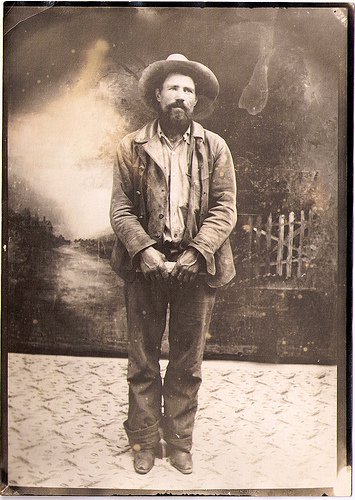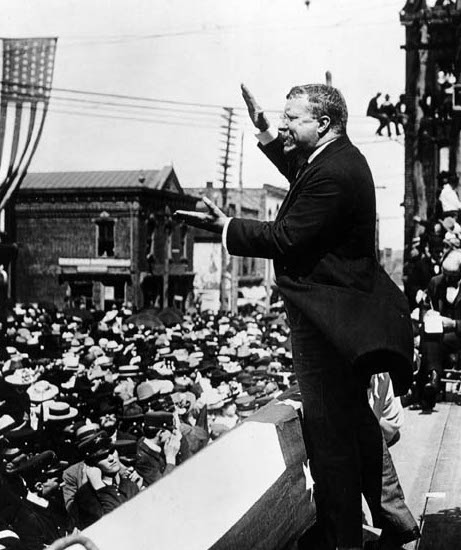
Once again we return to our Man Knowledge series, where we set out to equip you with a deeper knowledge of various manly and interesting topics throughout history. Today we set sail for the horizon, delving deep into a topic which has at some point captured the imagination of every young boy and grown man alike…pirates. One look at the impact piracy has had on our entertainment industry, from literary classics such as Treasure Island to the billion dollar blockbuster movie franchise Pirates of the Caribbean, and our fascination with these terrors of the high seas quickly becomes evident. But just who were these maritime marauders, really? A look beyond the romance of the golden age of piracy reveals a starkly different, yet equally interesting reality.
“In an honest service there is thin commons, low wages, and hard labour; in this, plenty and satiety, pleasure and ease, liberty and power; and who would not balance creditor on this side, when all the hazard that is run for it, at worst is only a sour look or two at choking. No, a merry life and a short one shall be my motto.”
-Bartholomew “Black Bart” Roberts
Piracy, in the imagination of the general public, has certainly been romanticized. You can rest assured that J.M. Barrie’s Captain Hook or Disney’s Jack Sparrow have little in common with their forebearers. So what were the real pirates like? Two schools of thought offer vastly different images of piracy. Some would portray pirates as black hearted scallywags whose only aim in life was to rape, plunder, and pillage the good people of the civilized world. For them, piracy represented all the negative stereotypes of manliness run amok as these marauders roamed the high seas aiming to do little more than satisfy their greed and bloodlust. Others, however, portray them as men of ideals who were simply unwilling to live the life that dry land offered, with a government over their heads and no money in their pockets. From this perspective, they were the great rebels of their time. By taking to sea and living by their own rules, they hold the same kind of fascination–marked by a strange mix of both revulsion and admiration–we have with outlaws, gangsters, and the like.
Pirate or Privateer?
Understanding the difference between pirates and privateers is critical to understanding the subject as a whole, and this distinction is often overlooked. For example, if I asked you who Captain Henry Morgan was, you would likely say that he was a pirate (or purveyor of adult beverages), but you would be wrong. Morgan, who harassed the Spanish navy in the Caribbean in the 17th century, hoarding Spanish silver and creating many widows back in Spain, did so as an agent of the British government. As a privateer, he had been granted a letter of marque from the English Crown which essentially permitted him to commit acts of piracy against any and all Spanish ships with no fear of repercussion from England. This agreement gave England an agent of atrocity in the Caribbean, and allowed Morgan his fair share of booty claimed from ships he captured. Pirates, on the other hand, held allegiance to no government, and answered only to their own desires. Authority for a pirate went no higher than the highest rank on the ship. It is worth noting that many privateers did in fact turn to full blown piracy during times of peace, when no “legally obtained” booty was to be had.
In addition to this distinction, several other regional variants of pirates existed. Most notable among these were buccaneers and corsairs. Buccaneers got their start as land based pirates who attacked Spanish ships in the Caribbean from islands bases on Hispaniola and elsewhere. Eventually, their services were legalized by the British government, who issued them letters of marque for their deeds, effectively changing them from pirates to privateers. Corsairs shared similar traits with buccaneers, being pirates turned privateers, in this instance in service of the French crown, not the English.
Going on the Account – Becoming a Pirate
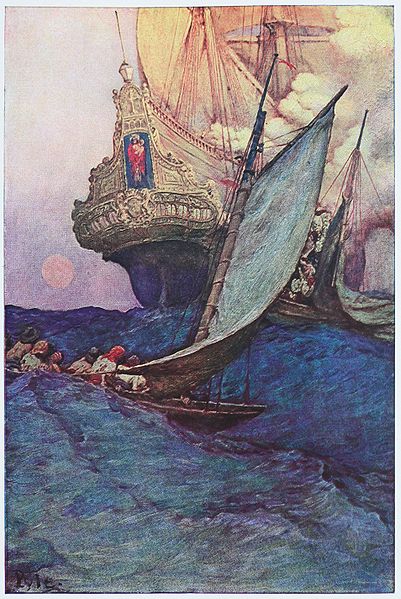
Obviously, making the transition from law-abiding citizen to pirate was a conscious choice, but what was it that motivated men to choose such a lifestyle? By the time a man turned to piracy he likely had years of sailing experience under his belt, either as a navy sailor or as a merchant mariner. An honest life at sea was racked with hardship, as rotting rations, insufficient pay, and overwhelming workloads pushed many sailors to the brink. Often, when a merchant or naval vessel was seized by pirates, the pirate captain would make an appeal to the captured crew for volunteers, and there were always takers. As pirates, the new recruits would enjoy an equal share of any swag seized from captured vessels, and they no longer fell under company or government regulations. To put it simply, a life as a pirate for many of these men offered freedom, although they had to sacrifice their scruples to obtain it.
The Articles of Agreement
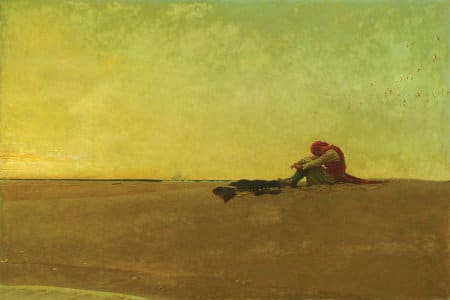
Break the pirate code and you could be marooned on a deserted island.
Life aboard ship for a pirate was worlds apart from that of a navy sailor or merchant marine, but there were still regulations to follow and a code of honor to uphold. Many different versions of pirate codes existed, and it is reasonable to assume that each captain had his own version. Some common characteristics of all pirate codes were an outline of how any booty was to be divided, how a pirate who suffered a debilitating injury was to be compensated, and of course, punishment for improper conduct. While there was not a great deal of rules on board ship, those that existed were strictly enforced. It was not uncommon for those found in violation of the code to be docked their share of rations, whipped with a cat o’ nine tails, or even marooned. Set your sights on the code of the infamous Captain Bartholomew “Black Bart” Roberts, which paints an interesting picture of a pirate’s life at sea:
I. Every man has a vote in affairs of moment; has equal title to the fresh provisions, or strong liquors, at any time seized, and may use them at pleasure, unless a scarcity (not an uncommon thing among them) makes it necessary, for the good of all, to vote a retrenchment.
II. Every man to be called fairly in turn, by list, on board of prizes because, (over and above their proper share) they were on these occasions allowed a shift of clothes: but if they defrauded the company to the value of a dollar in plate, jewels, or money, marooning was their punishment. If the robbery was only betwixt one another, they contented themselves with slitting the ears and nose of him that was guilty, and set him on shore, not in an uninhabited place, but somewhere, where he was sure to encounter hardships.
III. No person to game at cards or dice for money.
IV. The lights and candles to be put out at eight o’clock at night: if any of the crew, after that hour still remained inclined for drinking, they were to do it on the open deck.
V. To keep their piece, pistols, and cutlass clean and fit for service.
VI. No boy or woman to be allowed amongst them. If any man were to be found seducing any of the latter sex, and carried her to sea, disguised, he was to suffer death; (so that when any fell into their hands, as it chanced in the Onslow, they put a sentinel immediately over her to prevent ill consequences from so dangerous an instrument of division and quarrel; but then here lies the roguery; they contend who shall be sentinel, which happens generally to one of the greatest bullies, who, to secure the lady’s virtue, will let none lie with her but himself.)
VII. To desert the ship or their quarters in battle, was punished with death or marooning.
VIII. No striking one another on board, but every man’s quarrels to be ended on shore, at sword and pistol. (The quarter-master of the ship, when the parties will not come to any reconciliation, accompanies them on shore with what assistance he thinks proper, and turns the disputant back to back, at so many paces distance; at the word of command, they turn and fire immediately, (or else the piece is knocked out of their hands). If both miss, they come to their cutlasses, and then he is declared the victor who draws the first blood.)
IX. No man to talk of breaking up their way of living, till each had shared one thousand pounds. If in order to this, any man should lose a limb, or become a cripple in their service, he was to have eight hundred dollars, out of the public stock, and for lesser hurts, proportionately.
X. The captain and quartermaster to receive two shares of a prize: the master, boatswain, and gunner, one share and a half, and other officers one and quarter.
XI. The musicians to have rest on the Sabbath Day, but the other six days and nights, none without special favour.
The Jolly Roger
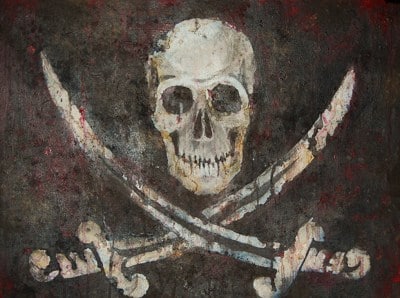 Artwork by jdm77
Artwork by jdm77
Finally, no discussion of pirates is complete without some mention of the timeless symbol of swashbuckling, the Jolly Roger. Although there is no consensus on the matter, the naming of the pirate flag is believed to originate from the French jolie rouge, meaning “pretty red.” This would refer to the common red flags used by numerous maritime marauders during the golden age of piracy which signified the intent to fight to the death. Many others used a simple black flag, which carried the same meaning. The more colorful pirates had custom flags, such as Edward Low’s famous skull over crossed bones, which has since become the standard. More interesting flags contained frightening illustrations, such as Blackbeard’s skeleton devil stabbing a heart with a spear. Black Bart Robert’s flag showed a man and a skeleton both holding an hourglass, representing the pirate’s comfort with the prospect of his coming death.
Unlike the pirates of modern cinema, true pirates did not fly their jolly roger at all times. More often than not, pirates would fly “false colors” of a nation as a surprise tactic. The pirate ship would sail close to a ship while flying matching flags, then raise their own colors at the last minute, thus creating a panic on board the ship about to be commandeered. Often, the mere sight of certain pirate flags would incite a crew to abandon their ship without a fight.
Read our follow-up post: 5 Pirates Every Man Should Know
Now that you have some pirate know-how, do you think you would have been drawn to the life at sea? What would your awesome pirate nickname have been?





